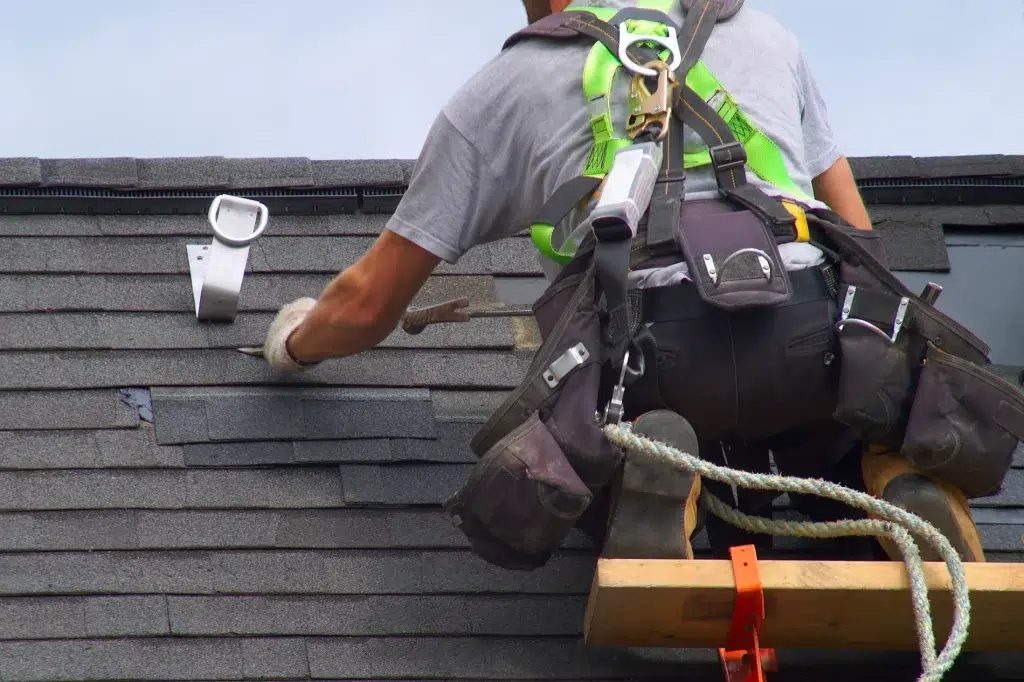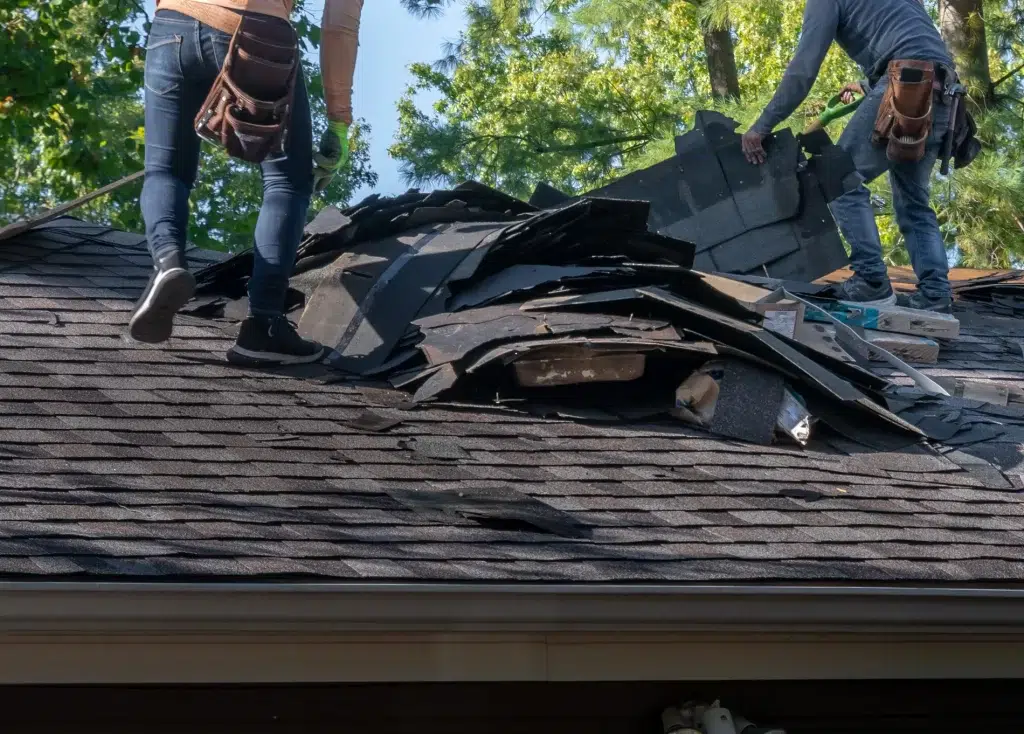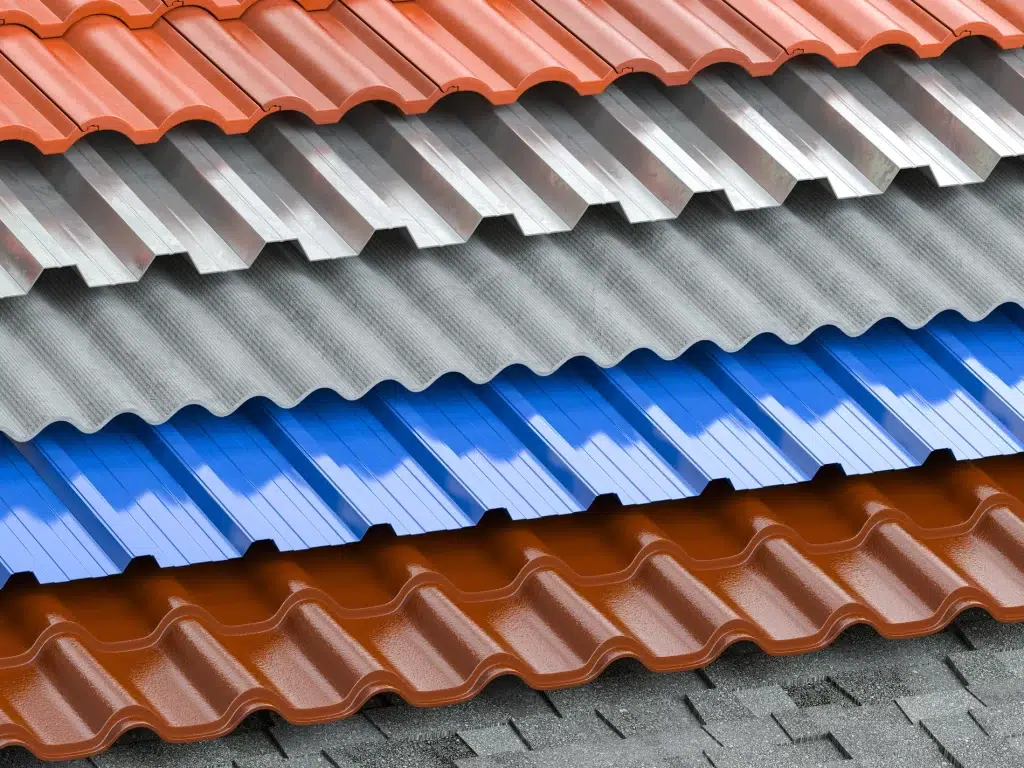As homeowner, it’s vital to understand how the age of your roof influences your insurance premium and coverage. With older roofs, you might be facing increased premiums or even the risk of insurance denial. Regular maintenance and timely repair becomes vital to ensure adequate coverage. As your roof continues to age, roof replacement will become a key consideration for optimal coverage.
For many Texas homeowners, navigating insurance policies can be complex, especially when dealing with an aging roof. Comprehending the relationship between roof age and insurance coverage will help you make informed decisions. Let’s explore how the age of your roof impacts insurance costs and maintaining your roof to comply with regulations. We’ll also dive into recommendations for when to replace your roof to safeguard your home.
The Impact of Roof Age On Insurance Premiums
Insurance companies meticulously assess the condition and age of your roof before deciding on the premiums you pay. An older roof can spell bigger headaches, ranging from higher premiums to severe limitations in coverage.
Insurers take into account several factors when evaluating the age and condition of your roof. (Keep reading to learn more about factors they consider.) The quality of materials used, maintenance history, and expected lifespan of the roofing materials play a pivotal role.
Premium Increases and Coverage Restrictions
As roofs age, they pose a higher risk of leaks and structural damage, which in turn can lead to more claims. Insurance companies might respond by hiking up your premiums or placing restrictions on your coverage. If your roof is over 20 years old, your insurer might only cover its actual cash value rather than the cost of replacement. This means you could be footing a major part of the bill if you face a roofing disaster.

Maintaining Your Roof for Insurance Compliance
Keeping your roof in good shape is not just about avoiding leaks. Maintaining your roof ensures that your insurance remains valid and sufficient.
Regular upkeep and professional inspections can be proof of your commitment to maintaining a risk-free home.
By taking proactive steps to care for your roof, you can extend its lifespan and prevent potential insurance issues.

Maintaining Your Roof for Insurance Compliance
Keeping your roof in good shape is not just about avoiding leaks. Maintaining your roof ensures that your insurance remains valid and sufficient.
Regular upkeep and professional inspections can be proof of your commitment to maintaining a risk-free home.
By taking proactive steps to care for your roof, you can extend its lifespan and prevent potential insurance issues.
Key Roof Maintenance Practices for Insurance Compliance
- Cleaning: Regularly remove debris, leaves, and branches from your roof to prevent moisture buildup and potential damage.
- Inspections: Conduct regular visual inspections of your roof. Check for missing or damaged shingles, signs of water damage, or any other issues that may need attention.
- Minor Repairs: Be sure to address minor wear and tear promptly. Seal leaks, replace damaged shingles, and fix any small issues before they escalate.
Professional Inspections and Repair Services
Having your roof inspected by a professional can help catch potential issues before they become severe. Prompt repairs keep your roof in top condition and also reassure your insurance provider that your home is well-maintained. This will help you avoid potential premium hikes or denials of coverage.
Engaging professional roofing services for inspections and repairs can make a significant difference in the longevity of your roof:
- Value of Professionals: Experienced roofers can identify issues that may not be apparent to the untrained eye, ensuring thorough maintenance and early detection of problems.
- Timely Repairs: Promptly addressing any roof damage can prevent insurance complications down the line, potentially avoiding claim denials due to neglect or lack of maintenance.
Roof Replacement as a Long-Term Solution
Sometimes, continuous repairs might not be as cost-effective as replacing your aging roof. For many homeowners in Texas, a new roof can improve property value, enhance weather resilience, and significantly affect insurance terms.
Understanding when to opt for roof replacement over repairs depends on various factors like the extent of damage and repair costs. Sometimes, replacing your roof is a more cost-effective and practical choice than continuous patchwork.


Roof Replacement as a Long-Term Solution
Sometimes, continuous repairs might not be as cost-effective as replacing your aging roof. For many homeowners in Texas, a new roof can improve property value, enhance weather resilience, and significantly affect insurance terms.
Understanding when to opt for roof replacement over repairs depends on various factors like the extent of damage and repair costs. Sometimes, replacing your roof is a more cost-effective and practical choice than continuous patchwork.
Signs It's Time for Roof Replacement
- Extensive Damage: If your roof shows signs of extensive damage, such as missing shingles, moss growth, or rotting, it may be time for a replacement. These issues can compromise the structural integrity of your roof, leading to leaks and further damage.
- Visible Aging: As roofs age, they become more susceptible to wear and tear. If your roof is visibly aging, with shingles curling or losing granules, it indicates the need for a new roof to maintain the protection of your home.
- Leaks: Persistent leaks, especially after heavy rainfall or storms, are a clear indicator that your roof needs attention. Ignoring leaks can result in water damage to your home’s interior and belongings.
Navigating Insurance Requirements for New Roofs
Installing a new roof can positively impact your insurance coverage and premiums. By proactively replacing your roof and adhering to insurance requirements, Texas homeowners can enhance their coverage and potentially reduce premiums. It’s a proactive step towards safeguarding your home and financial well-being. Here’s how you can ensure a smooth transition:
- Insurance Implications: Most insurance providers view a new roof as a reduced risk for potential claims, leading to lower premiums. By installing a new roof, you can demonstrate your commitment to maintaining your home’s safety and integrity.
- Meeting Insurer Specifications: When getting a new roof, ensure it meets your insurer’s specifications. This may include using specific materials or hiring certified contractors. Compliance with these guidelines can maximize your insurance benefits.

Other Roof Factors that Can Impact Homeowners Rates
The condition and age of your roof are not the only factors that can influence how much you pay for insurance coverage. Other considerations include roof material, slope and design, maintenance and inspection history, and external factors such as living in areas prone to weather-related events or natural disasters.
Understanding these additional roof-related elements can help you make informed decisions to potentially reduce your insurance costs and ensure your home is adequately protected.

Other Roof Factors that Can Impact Homeowners Rates
The condition and age of your roof are not the only factors that can influence how much you pay for insurance coverage. Other considerations include roof material, slope and design, maintenance and inspection history, and external factors such as living in areas prone to weather-related events or natural disasters.
Understanding these additional roof-related elements can help you make informed decisions to potentially reduce your insurance costs and ensure your home is adequately protected.
- Roof Material: The type of roofing material makes a significant impact on insurance rates. Certain materials like asphalt shingles are more prone to damage and may result in higher premiums. More durable materials like metal or tile roofs can offer better protection and may lead to lower insurance costs.
- Roof Slope and Design: The slope and design of your roof also impact insurance rates. A steep roof pitch can shed water and debris more effectively, reducing the risk of water damage or leaks. Complex roof designs with multiple peaks or angles may be more expensive to repair or replace. These design elements may influence your insurance rates.
- Maintenance and Inspection History: Regular maintenance and inspections of your roof can demonstrate to insurers that you are proactive about safeguarding your property. Providing documentation of routine upkeep, repairs, or inspections can sometimes lead to discounts on your homeowners insurance. It also shows that you are committed to keeping your home in good condition, which insurers may reward with lower rates.
- External Factors: External factors can also impact homeowners insurance rates. Living in an area prone to severe weather events like hurricanes or hailstorms may result in higher premiums. If your home is located in a wildfire-prone zone, insurers may adjust your rates to account for the increased risk of damage.
A Proactive Approach for Adequate Protection
The relationship between the age of your roof and your homeowner’s insurance coverage and premiums is crucial, especially for Texas homeowners with older roofs. By taking a proactive approach towards regular maintenance, timely repairs, and considering replacement when necessary, you can ensure your home is adequately protected. Remember, your roof shields you from the elements — it’s well worth keeping it in prime condition for your safety, and your wallet.


